The 12 Steps to an Effective Lead Generation Process
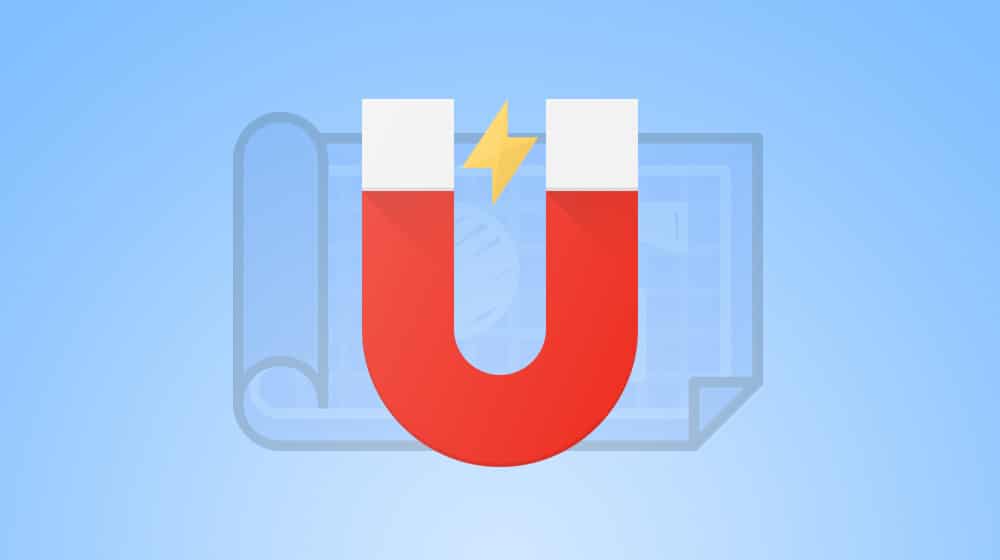
Lead generation is the core goal of every marketing effort you make. Everything you do, from social media posts to blog content to visiting a trade show is about finding new leads, attracting them to your orbit, and eventually drawing them in enough to sell to them.
So what is your lead generation process? Do you have a process nailed down? I've met a lot of marketers over the years who claim they do, but when you actually look into it, it turns out they don't have much at all. They have individual components in place, but the overall lead generation plan, the funnel, it's all nebulous. They know it exists, but they don't document it, measure it, or optimize it.
This kind of detail is what separates the mid-range marketers from the pros. When you have your processes nailed down, you can start to develop the key performance indicators you need to monitor to watch performance, and you can take actions to optimize your process to improve them. Until then, you're just flailing in the dark.
So what goes into a good lead generation process? Here's a twelve-step funnel you can adapt and implement yourself.
 30 Second Summary
30 Second Summary
You need to line up your sales and marketing teams to work together before you can grow your leads. Your process should start with building brand awareness and creating demand for your product. You'll then use inbound marketing to draw people to your site, where you can capture and learn about your leads. After you sort and score these leads, you'll nurture them until they're ready for your sales team. Once they buy, you have to give them great customer service. Through it all, you should track your numbers to make your process better.
1. Foundational Alignment of Sales and Marketing
Larger businesses tend to think in terms of "departments". The sales department is it's own little enclosed world. The marketing department is a biodome full of people growing free-range organic content for the consumption of their followers. The finance department is a nebulous force acting upon all other forces, handing down decrees that confirm or deny when some effort can be made or when the budget doesn't allow it.

What this misses is that for a large business to function, each of these departments needs to be working in tandem like organs in a body. The same is true for small businesses, it's just that instead of departments full of people, these organs are individual people, or even just individual pieces of software.
What you need is a strong foundation to build your lead generation process. That means:
- Alignment between teams or individuals, allowing them to work together rather than in spite of each other.
- Set definitions of key terms. What is a lead, a qualified lead, a sales accepted lead, a customer, or any other specific terms you want to use? You can set a definition unique to your organization, but make sure it's consistent for everyone who uses it.
- Set and monitored KPIs. Each step of the way should have some key metrics you can monitor to see how it's doing, whether it's sales goals, lead numbers, or even just traffic growth.
Each part of your organization needs to be working together, and that means everything from new product development to blog post copy to paid advertising to social media posts. It even includes customer service; they need to be in the loop.
2. Awareness Campaigns
The first thing you need to do as part of a lead generation process is the broadest part of the funnel. It's so broad that some people don't even consider it part of the funnel at all. It's simple: build awareness of your brand and your products.
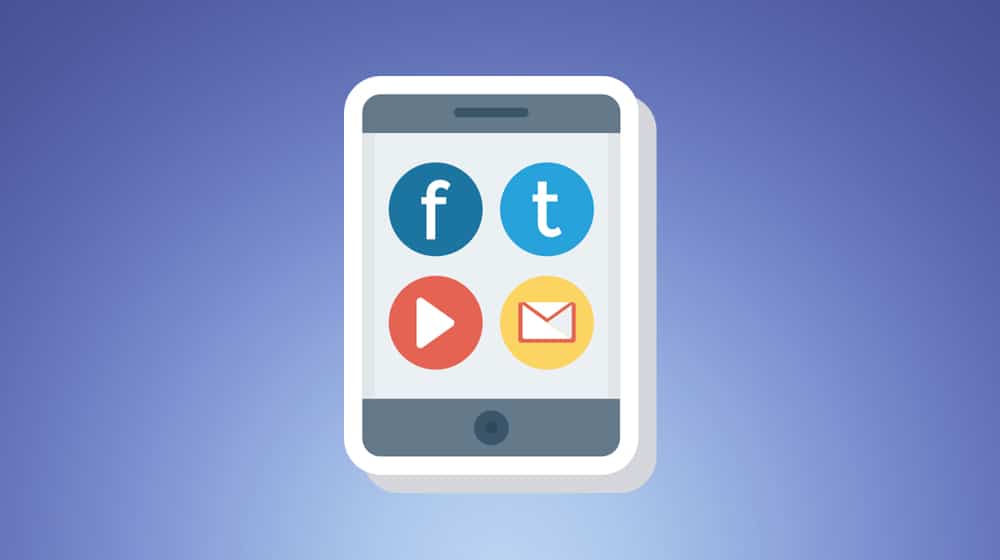
You can do this in a wide variety of different ways. TV and radio ads can put your name and description in the minds of people, though many of those people aren't going to be in your actual target audience. You can sponsor events to get your name and logo on websites and in pamphlets. You can run broad-spectrum paid advertising with only the most basic level of targeting.
Part of running an awareness campaign is building up a brand image, history, and mythos. Who are you? Why do you have power? What is the aura you develop for others to perceive? This is all reflected in everything from your logo design to your website colors to your tone of voice in blog copy. Develop who you are, and push that image outwards where others can encounter it.
3. Demand Generation
Demand generation is not quite as aggressive as it may sound like. You're not attacking bridges so you can promote your bridge-building company here. Rather, you're pushing out marketing to the broadest possible targeted audience. Pretty much any marketing channel can be used to generate demand.
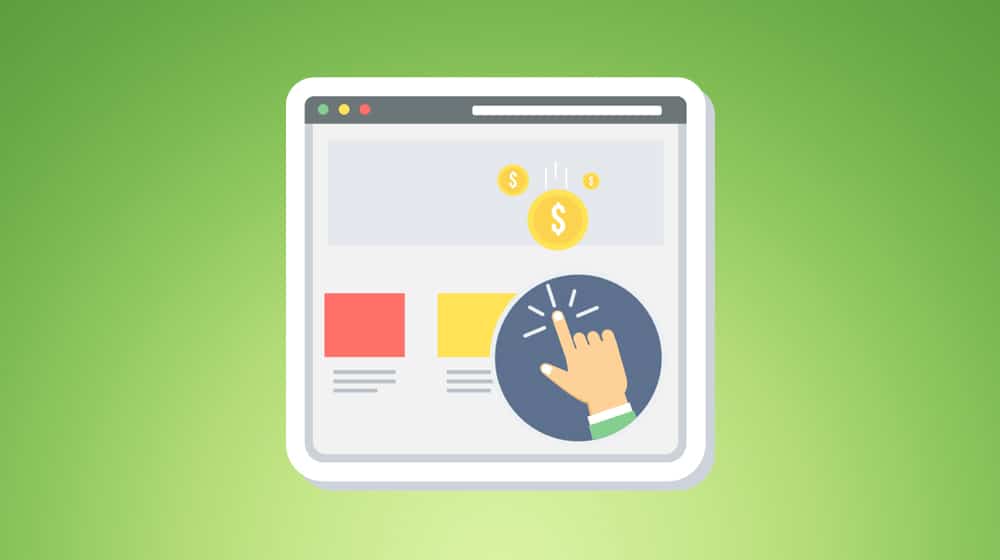
The primary tool of the demand generator is PPC, because you can target people most likely to be interested, or rather, most likely to be swayed by your persuasive arguments. Other tools and channels include social media posts, native advertising, email marketing, and even channels like personal networking and speaking engagements.
The goal of demand generation is simple: telling people what the problem is that you can solve. You don't even need to tell them that you can solve it. You're just pointing out that there's a problem they may not have even realized is a problem they're dealing with. When they start to look into the problem, one name comes up time and again, and that's yours. Because you're here, ready and willing to provide them with the solution to this problem they now know they have.
4. Inbound Marketing
Speaking of being there when they look for solutions to the problem you've been telling them is a problem, you need to, well, actually be there.

This is where inbound marketing comes in. This is where your blog post full of problem-relevant and industry-relevant information comes in. This is where you're reaching out to other bloggers to write about how prevalent this problem is and how it can be solved. This is where social media updates about the problem are posted, where your landing pages discuss the problem, and where your SEO focuses on problem-related keywords.
Inbound marketing is the bulk of what your content generation team is doing, and this is where some of that company alignment comes in. Your sales team is going to be handling people who want to know how to solve the problem, so your content team needs to be able to refer those people to your sales team, and more importantly, prime them to be asking the right questions.
5. Lead Capture
Lead capture is the phase between people finding you through your content and people reaching out to – or being contacted by – your sales team. This is more mechanical. It's the place where exit intent pop-overs live, where you ask for an email address in order to download an ebook, and where landing pages have forms for users to fill out.
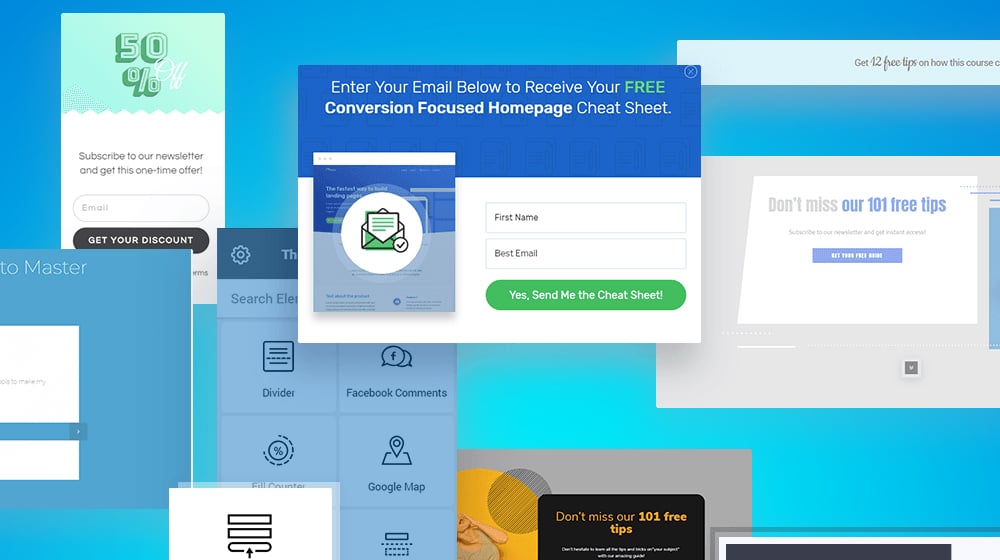
Lead capture is all about the first real stage of filtering. Prior to this point, you don't really care how broad the audience is that's reaching your site. Even if 90% of the people that visit your page aren't interested in your product, if the total 100% is big enough, the 10% who ARE interested are going to be significant. Eventually you can tighten this down and improve the quality of your incoming audience, but that's for optimization later.
Lead capture is where you skim off the cream of the crop. You get the people who are most concerned about the problem you've been telling them about. You get the people who are interested in your company and are willing to join a mailing list. Or, in some cases, you get the people willing to sign up for a direct sales call just to find out more. Converting the broad crowd of users to the smaller crowd of leads is critical.
6. Lead Intelligence Gathering
Lead intelligence gathering is a relatively modern way to improve your ability to directly target and converse with individual leads on a personal level. It's very tricky, though, for one reason I'll get to momentarily.
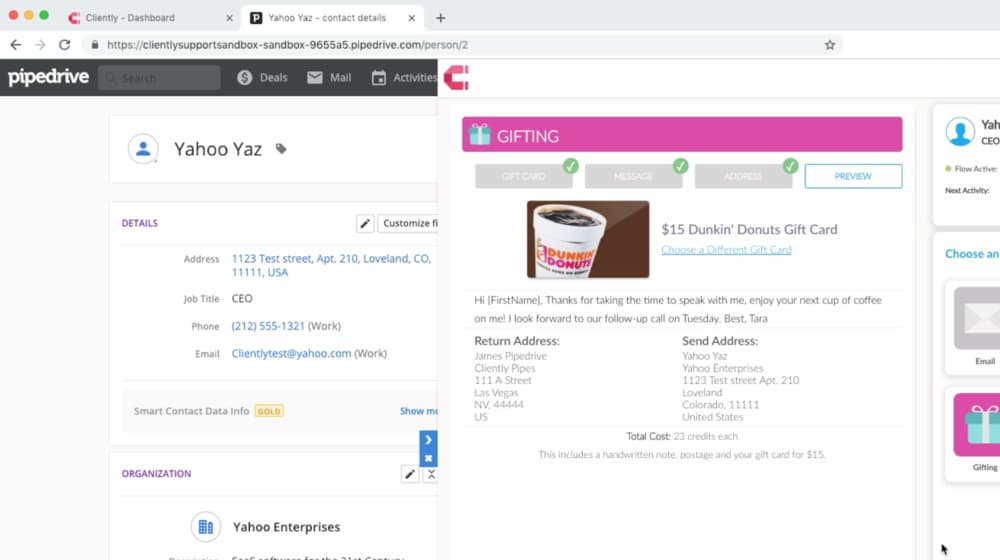
Lead intelligence is data about your leads. There are a lot of contact management systems and lead organization tools that help you do this. When a customer plugs in an email address, these pieces of software go out and harvest information like their name, their workplace, the links to their Facebook and other social media profiles, and so on. The software builds a profile, which you can use to figure out how to best communicate with the individual lead.
You can use this data in aggregate to help inform future lead generation efforts. You can also use it in specific to have a casual, sympathetic conversation with a lead, which is a huge benefit to your sales team.
So why is it tricky? Because you can accidentally go too far and creep out your leads. If all they gave you was their name and email address, you don't want to start talking about their workplace, income bracket, or education level. Don't tell them what you know, even if you know it.
7. Lead Segmentation
Lead segmentation is great for three reasons. What you're doing is categorizing your leads and dividing them up so you know how best to handle them.
First, you can divide your leads by warmth. Some leads are naturally going to be more interested in your product than others, and the warmest leads are the easiest conversions. You can put the cooler leads on the back burner and work on them slowly through other marketing channels, while capturing the warmest leads with more aggressive sales techniques.

Second, you can divide your leads by demographics. Group similar kinds of leads together, and use that as the basis to develop and improve real-life-driven buyer personas. The data you harvest here can help you more accurately target broad and narrow spectrum advertising for your lead generation efforts.
Third, you can sort your leads and give different kinds of leads to specific salespeople. Sometimes, if you have a sales team with more than a couple people on it, you'll start to notice that a given sales agent is better with cooler leads, or better with female leads, or better with younger leads, or what have you. You can sort your leads and give them to the salesperson most suited to closing the deal.
8. Lead Scoring
Lead scoring is typically a points-based system for measuring your lead quality based on various metrics. For example, you can assign point values for the marketing channel that brought the lead to you, for the number and type of engagement actions the lead has taken (like social media comments, email opens, inbound links from other content creators, and so on), and the stage they've reached in your sales funnel overall.
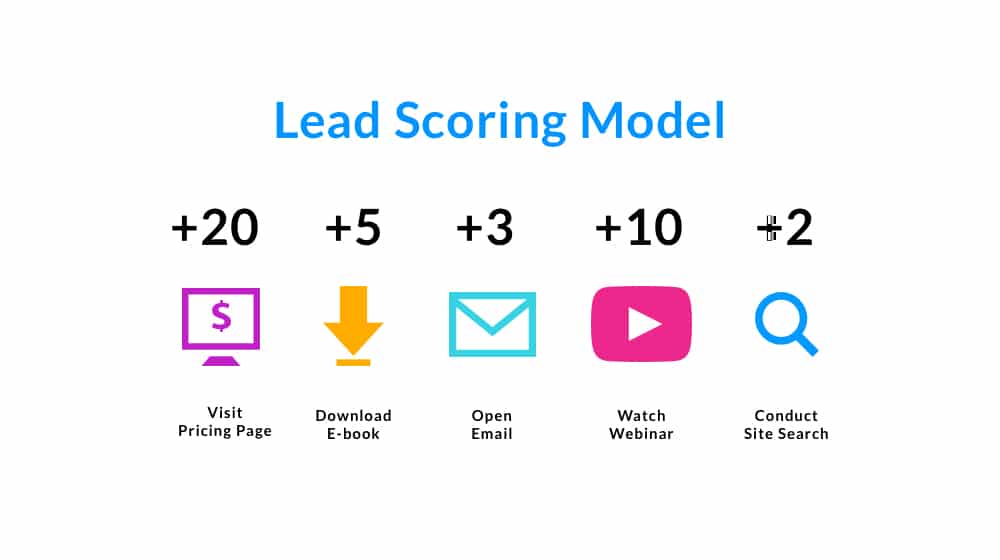
The points allow you to measure the warmth of a lead more accurately, and to figure out which channels are providing the higher quality leads versus lower quality leads. The exact point values you want to assign, of course, depend on your setup and organization.
9. Lead Nurturing
Nurturing your leads is where a lot of your marketing efforts will be expended. The hot leads that convert immediately don't need nurturing, though they do need taking care of as they use your product. The cold leads that aren't going to convert no matter what you do can be ignored, but you can keep them on your mailing lists as much as you like.
The warm leads that may convert sooner or later, but need a little convincing, are the ones you need to spend the majority of your time working on. Nurturing leads means giving those people high quality content to read, reaching them with personally useful information via mailing lists, offering personalized content to them when they visit, and reaching out to them occasionally to draw them deeper in your funnel.
10. Transfer to Sales
All of the above has pretty much been the responsibility of your marketing and content production teams, under the guidance of whoever manages the overall shape of your marketing and content. Once leads become warm enough, they need to be handed over to your sales team. Ideally, your points system will be able to identify the precise moment – or point value range – where a lead is in the ideal situation to be reached by a sales team member.

Sales, of course, has their own job to do. They have to take the information they have available and close the deal. Volumes upon volumes have been written about sales techniques, so I'm not going to try to cover it in a few short paragraphs, but suffice to say that it's a deep part of the funnel, but not the end of the tunnel.
11. Customer Service
Once you've closed the deal and sold your product, you aren't done. Too many companies sell a product and that's that. Maybe, if you're lucky, they have a knowledge base on their website, or a few blog posts that cover common issues.
Customer service is important for a modern company to thrive. For all the talk about millennials killing various industries and having no brand loyalty anymore, it's not because they want to abandon companies. People yearn for brand loyalty. They want to trust and respect a brand. The problem comes when brands burn their bridges.
So when you're available to be reached via phone, email, Twitter, and live chat on your website, when you're active in solving problems and in developing new versions of your product without those problems, and when you're willing to be good to and do right by your customers, that means something. That's how loyalty is fostered, and that's how you get repeat customers and ongoing subscribers.
12. Measuring and Reporting
Every step of the way, you should be looking for tangible numbers that actually mean something and can be measured. The points for your lead qualification. The number of customers to have come from individual marketing channels. The most valuable channels for high-sales leads or long-lived customers. Every step of the way has some metric you can monitor.
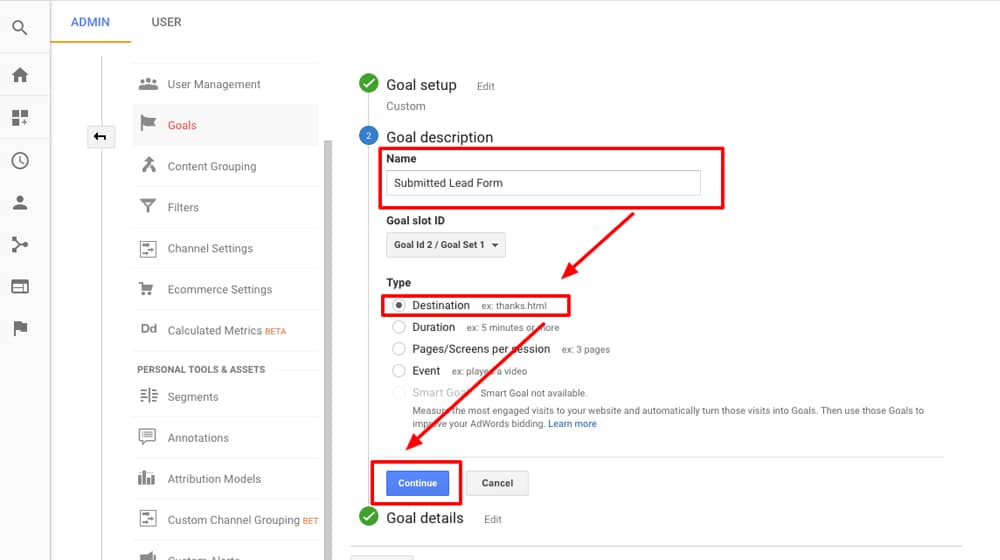
Monitoring those metrics is the first step to making improvements to the entire process. Make changes, see how the metrics change, and if they improve, keep the changes. If they don't, try again. Take your time and let the numbers do the talking.
This process can be enhanced in many channels with the use of split testing, which allows you to minimize some of the variables that can influence metrics, most particularly time. Testing two different options simultaneously gives you better data than testing one after the other and having to account for timing.
That, my friends, is a real lead generation process. Take it, adapt it for your own business, and make it work for you.



 30 Second Summary
30 Second Summary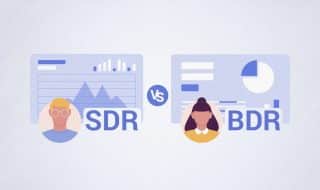
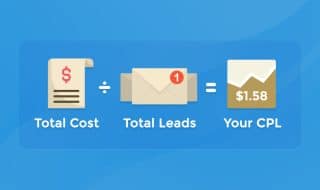


September 16, 2020
How do you check to know if your lead generation is working?
September 19, 2020
Hey Cresswell! Well, you'll know if you're getting leads 🙂 If you're aiming for phone calls and your call to actions reflect that you can use call tracking to monitor how many extra calls that form is sending your way so you can calculate your cost per phone call. Or, if you're targeting your contact form, you can put a conversion code on your checkout page to count every successful contact form submission.
There are a lot of ways - some tools will track this information for you, it depends how you've set up your lead gen form. What are you currently using?